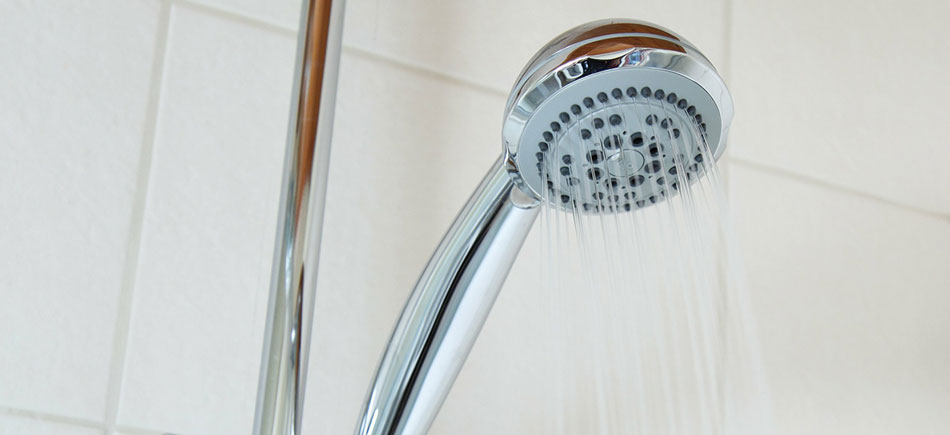FOR A FAST QUOTE CALL
0448 177 762FOR A FAST QUOTE CALL
0448 177 762
A cold morning shower isn’t exactly the wake-up call anyone needs, especially on a winter morning or in the rainy season. Whilst it does send a sharp shock to the body, there are definitely better ways to rev up your system in the morning.
Unfortunately, if you have a broken hot water heater then this unpleasant shock awaits and you’ll bear the brunt of it when you least expect it. The signs were there but you may have missed them.
Like most domestic appliances, we assume our water heater system will work fine all the time. As sure as the sun rises in the east and sets in the west, we expect our water heater to be pouring out hot water every time we turn it on. And unlike with a car, it’s hard to imagine anyone sending their domestic appliances for regular servicing and maintenance. But the reality is water heaters do break down for various reasons. Wear and tear is a major cause of a breakdown, even with the best of care. What are the signs you’ll need to keep a lookout to prevent a cold shower shock in the morning?
Here are five telltale signs that Zabs Plumbing can reveal when the time is probably right to replace your hot water heater. A word of caution: consult your plumber first if you notice any of these signs, before making a purchase. They’ll be in the best position to help you make an informed decision.
Most hot water tanks are made from steel. Rust and corrosion should be expected over time. It’s not too difficult to notice this. Discolouration of the water flowing out of your tap or shower is a clear sign it has happened. Ignoring it, or living with it, can lead to a bigger problem – leakage! From wastage to other potential damage it can inflict on the house, it’s best to address the problem of rust and corrosion as soon as possible. Replacing the water tank is inevitable.
Sediment collects and builds up over time in the drain valve region. As it accumulates and solidifies, it will clog and choke the valve. Water cannot be drained away as it should. If you do not regularly flush the sediment away, you’ll increase the chances of this occurring. It risks breaking the interior of the tank leading to leakages.
Sometimes this occurs if your hot water tank isn’t built to meet the requirements of your household. For example, it may be struggling to provide a hot shower to a large group of people living in the house. If that’s the case, you’ll need to consider upgrading to a bigger capacity or going tankless.
On the other hand, it could be a sign that something is broken. It could be the heating element, which is not unusual due to wear and tear or a broken dip tube, which leads to mixing incoming cold water with outgoing hot water.
They aren’t built to last forever. There is an optimum period of usage. Beyond this point, it’ll cease to operate efficiently and effectively. If it’s served you well for slightly under a decade, that’s great! With some amount of care, it might take you a year or two past a decade. Thereafter, it’ll probably be living on borrowed time. It’s best to shop for a new one before it breaks down.
It’s a rare problem but it can happen. When it does, it’s usually a symptom of some of the problems mentioned above. Attend to it immediately to identify the source of the problem. Get help from a professional plumber. They’ll be able to advise you accordingly. More often than not, it’ll require you to purchase a new hot water tank or go tankless.
Avoid the rude shock of a cold shower by keeping a lookout for the signs above. Get in touch with us today or send us a message if you’re unsure whether you are experiencing any of the above.